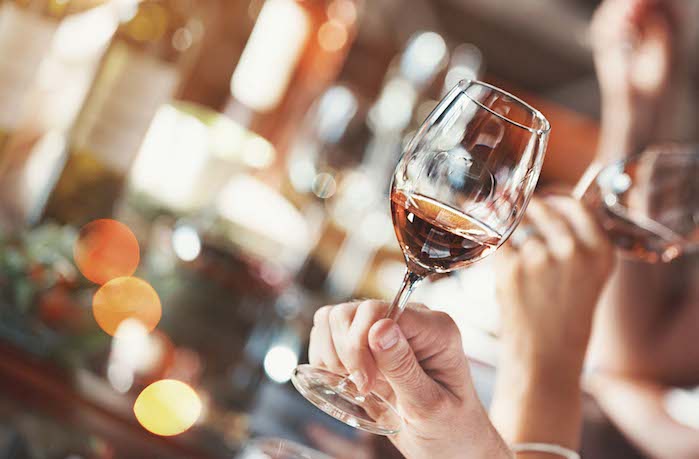
Having travelled to Napa or Sonoma Valleys about 100 times, I can firmly state that the best time of year to purchase from wineries is actually in January. I use this golden opportunity to treasure hunt with wineries and find compelling deals for retailers that will certainly get their consumers excited.
Most wineries have delusions of grandeur about November and December depletions, because hope springs eternal. In January, reality sinks in when wholesalers cry the blues and too often aren’t reporting incredible sales or getting the reorders they expected. They are given a myriad of reasons why the wine apparently didn’t move quickly — because of the economy, the election or the weather.
The paradigm has been changing, swamping good wholesalers with wines and commitments that inhibit their ability to sell their entire portfolio effectively. Many wineries have focused on direct-to-consumer sales and other alternative channels, but it’s still a daunting task to sell through since there are so many brands competing for attention. And if a retailer has weaker-than-expected holiday sales, the winter months are typically used for drilling down inventory and turning it into cash.
The holidays are an exciting time with sales during those two months often accounting for up to 30% of annual sales. And consumers must purchase wine for their Thanksgiving feast, Christmas holiday and New Year’s Eve celebrations.
A challenge for retailers is sustaining strong foot traffic into the difficult winter months and keeping consumers excited about fresh and compelling offerings. While they had to keep the shelves fully stocked in December; late winter and early spring can be a fresh opportunity for creating opportunities through smart purchasing.
Retailers I work with are very concerned with fierce competition from big box retailers that have particularly aggressive pricing on the most popular wines. If you have popular brand-name wines at higher prices than your nearby competition, it will kill customer loyalty and potentially drive them away.
But unlike spirits, the wine consumer is more adventurous and willing to experiment and try new regions and varietals. Of course there are consumers that want the same exact bottle of wine, but if you understand their taste profile you can still keep them in a comfort zone.
And it’s not just a matter of loading your shelves with private label, inexpensive imports to build margin. It’s important to have wines that come from distinguished appellations and vineyards that resonate with discerning wine consumers. Train staff on the talking points of making these wines appealing, explain the marketing story to your team and sample consumers on the product if possible.
Don’t sit back after the holidays. It’s time to get aggressive and differentiate yourself from the competition to expand your reach in the market.
As chairman of the Pennsylvania Liquor Control Board, Jonathan Newman was the nation’s largest wine buyer and brought a number of popular innovations to bear, including the Chairman’s Selection program and opening of local stores for Sunday sales. Follow him on Twitter at @NewmanWine and visit his website newmanwine.com.



